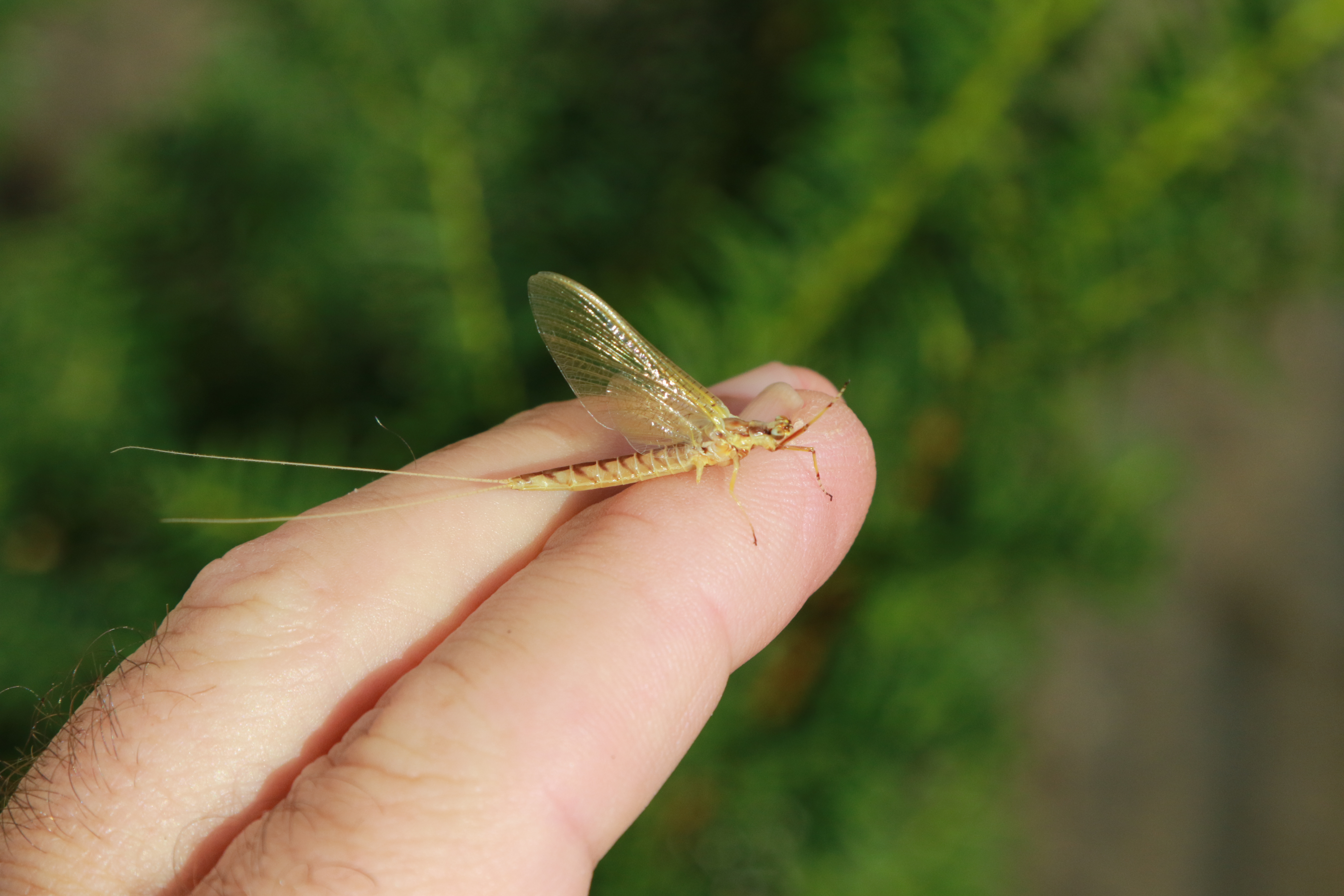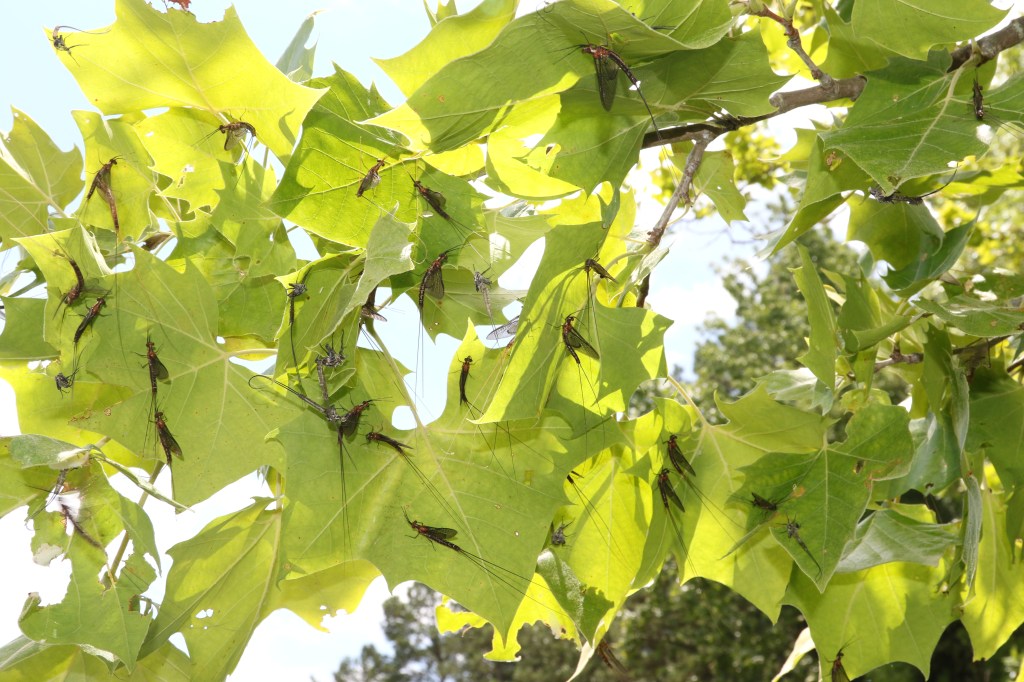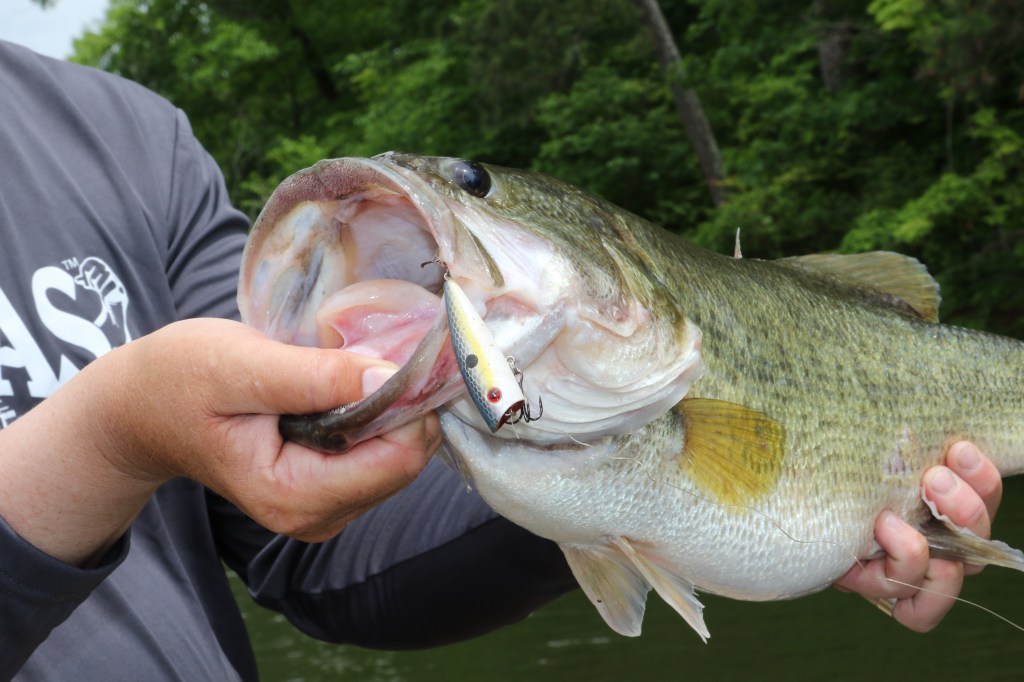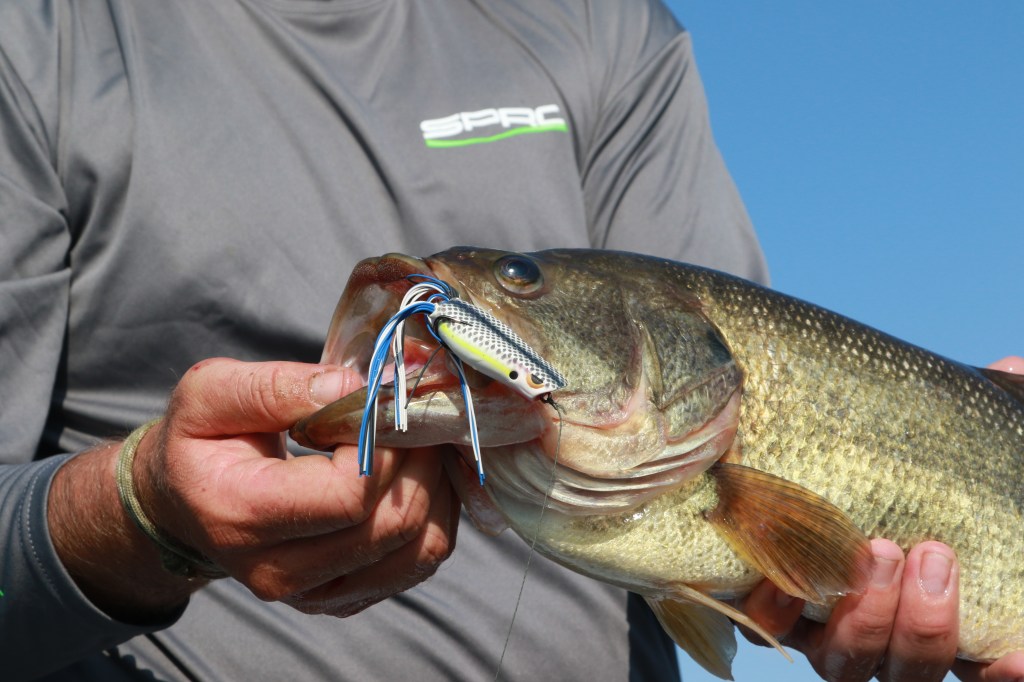
It’s one of the most dependable patterns in bass fishing, but don’t let the name fool you — mayfly action extends well past the year’s fifth month. In fact, parts of U.S. often finds this brief, but intense forage opportunity occurring as late as August or September.
Mayflies have no mouths because they don’t live long enough to feed. However, plenty of creatures with pretty big mouths are drawn to the annual mayfly hatches — some to consume these insects; others to eat the panfish trying to eat the mayflies. In any case, understanding the mayfly cycle and the baits/tactics that appeal to bass during this time can deliver fast and furious action.
Meet the mayfly

Before we look at the fishing stuff, a brief bug background will help frame the premise.
Cousins to dragonflies and damselflies in the ancient insect group, Palaeoptera, mayflies belong to the order Ephemeroptera. The Greek terms “ephemera,” meaning short-lived and “ptera,” referring to wings describes the mayfly’s brief lifespan of one to four days.
- The University of Florida’s Entomology & Nemotology Department tells us that mayflies have inhabited the earth for 300 million years.
- According to Purdue University’s Mayfly Central, North America holds 658 of the world’s 3,000-plus mayfly species.
- Hexagenia limbata, aka the Giant Burrowing Mayfly, is the most widely distributed North American version. Males and females have sharply bowed bodies, with the darker males typically about an inch long, excluding their tail filaments and extending front legs used for gripping the lighter and usually larger females during mating.
The process: After hatching, mayfly nymphs live about a year underwater where they cling to rocks or burrow into mud/silt. With flattened bodies and leafy gills along the sides of their abdomens, the omnivorous nymphs have chewing mouthparts for eating algae, underwater plants, debris and tiny aquatic animals.
When nature signals, nymphs rise to the surface and molt into the first of two adult stages called the subimago. When nymphs molt into subimagos, their former exoskeletons (aka “shucks”) typically float to the surface and gather in rafts like cigarette butts.
This winged subimago stage allows mayflies to leave the surface, but they can’t mate until a second molting yields the fully formed imago stage.

With short life spans, adult Mayflies lack mouths. After mating in co-mingling swarms, females release their eggs near the water and ultimately drop to the surface and die.
Clarifying point: If you spot Mayflies floating and lifting off the surface, the deal’s just starting. If you see rafts of motionless flies, the process is concluding. Either way, food is food and the bass will be close.
Top tactics
Wisconsin pro Jay Przekurat enjoys the summer mayfly action in his region, but he said the insects can be very particular in selecting their areas. Obviously, ripping current can complicate the emergence and aggregations, but Przekurat said depth also seems to be a criteria.

“It happens on a lot of the reservoirs and rivers near me, but there are some glacial lakes where it’s really not a factor in actually catching fish,” he said. “You can catch fish on the deep glacial lakes during a mayfly hatch, but it’s a lot less consistent than a shallow fishery.
“The times where it can work on deep glacial lakes would be postspawn when the fish get high in the water column and guys catch them on spybaits, hair jigs and topwaters.”
In a more tradition mayfly scenarios, Przekurat expects mornings to offer the prime opportunities. That’s because mayflies typically hatch overnight to minimize predation during the emergence phase.
Noting that the bass are focused less on the mayflies than the bluegill eating the mayflies, Hunter Shryock offers this advice: Don’t hesitate to throw a midsize bait like a Berkley Bullet Pop.
“If we’re trying to catch a big fish, I think we need to be imitating the (forage) fish that are eating the mayflies. That’s what the bigger bass will be targeting.”

Przekurat agrees and adds this observation: “I think smallmouth, in particular, target mayflies more than largemouth. The largemouth are lazier, and the smallmouth are more active. It’s just a quick meal for them.
“Sometimes, the smallmouth aren’t always eating mayflies. I think after a while, they get sick of them. That’s when other opportunities arise for those fish, because when they sit up high in the water column like that, they can see everything going on at the surface. If there is some fleeing baitfish, they’ll chase those as well.”
For smallies and largemouth, Przekurat adds prop baits, small walkers and frogs to his arsenal.
Ohio angler Alex Redwine knows mayflies like sunshine, so he’ll start by looking for the banks that get (the early) sun. For searching, he’ll throw a skirtless buzzbait with a swimbait trailer and switch to a popper for targeting specific spots like a busy tree or a crevice on the bank behind overhanging trees.
Keep in mind that, while a lot of the bites will be higher in the water column, you’ll want to keep a wacky-rigged worm handy for quick follow-ups to fish that miss the surface bites, or show themselves with a quick boil.
On the subtle side: The recent dice bait and hover strolling techniques merit consideration during a mayfly hatch. Maybe not the first-string players, but potentially productive at reviving a bite when the fish start shying away from your more aggressive stuff.

Shake it up: Intentionally snagging an overhanging tree (with a frog, or a rod rigged with a heavy sinker) to shake a mayfly-laden branch can stimulate a concentrated feeding fest. Lurking bass recognize such narrow windows of opportunity as a “get-while-the-gettin’s-good” scenario, so expect reckless abandon.
You still have to exercise reasonable stealth and stay off the fish, but this is the time to fire away. Send in the bold, flashy reaction baits and you might find that day-maker that dropped his guard.
Mass matters: Mayfly hatches can be scattered along vast areas of a riverbank or lakeshore, but don’t busy yourself with hopping from one little gathering to the next. Rather, time management requires a more discerning search, so spend some time riding and looking for spots where a handful of trees is literally blacked-out with mayflies.
This is where the motherlode buffet will attract the greatest number of bass. Just make sure you get there quickly, as these prime opportunities will not go unnoticed.




